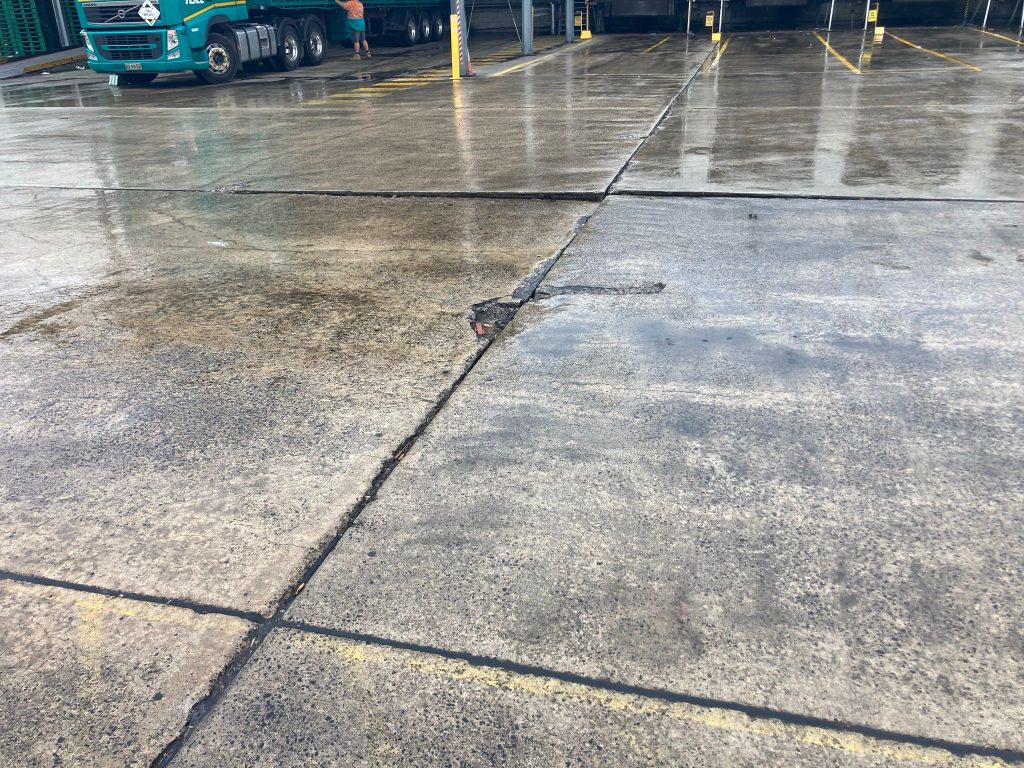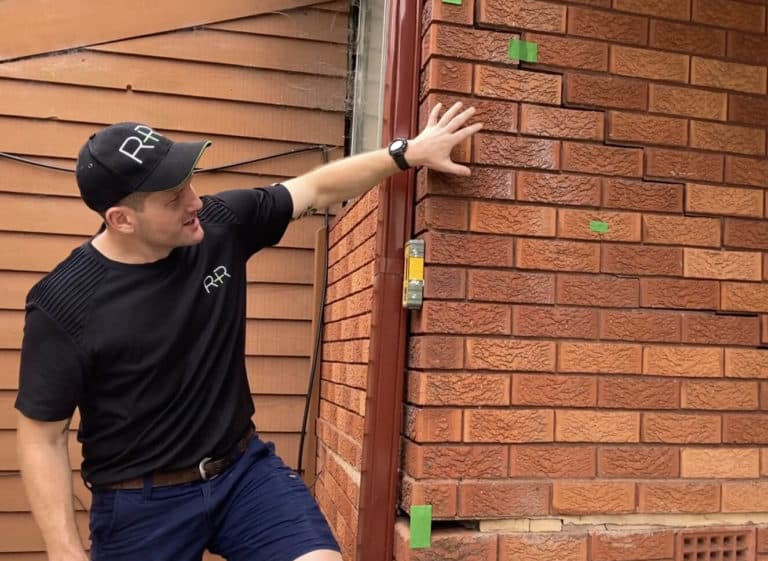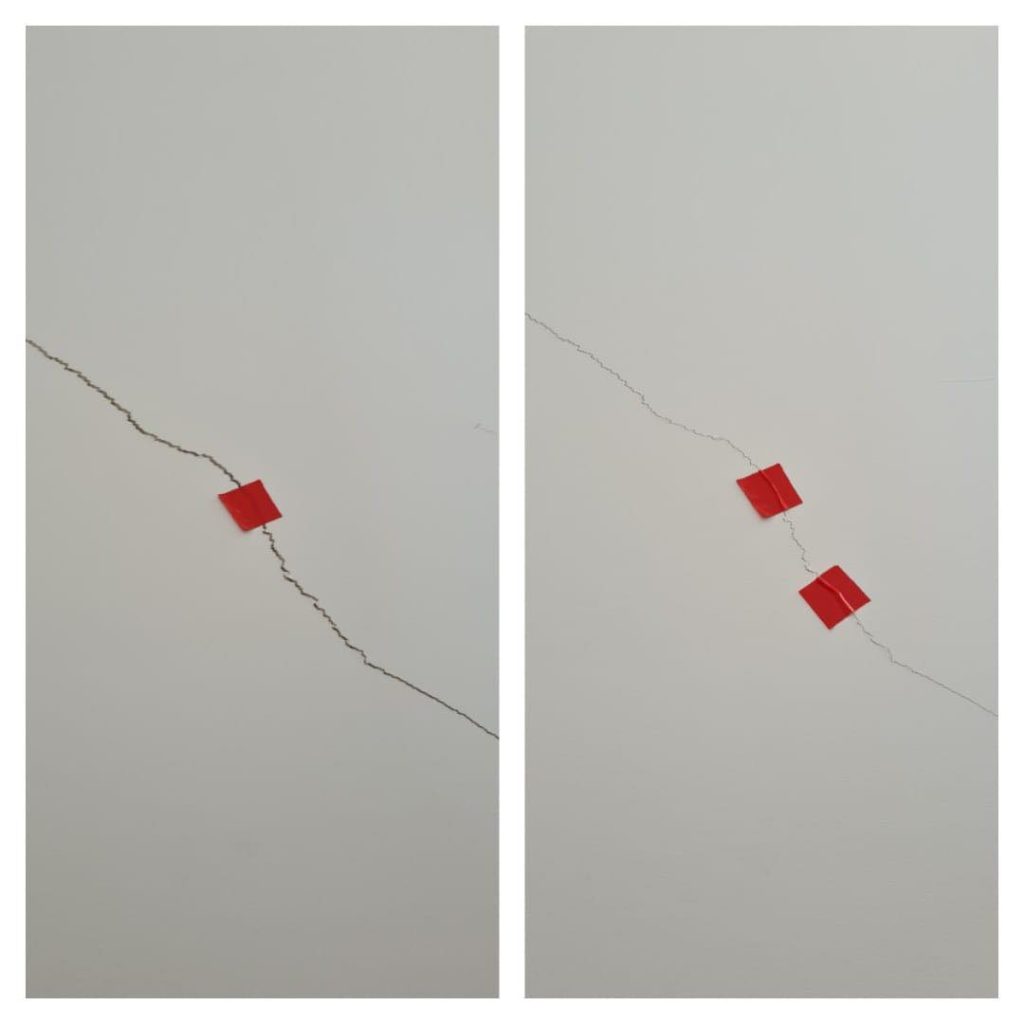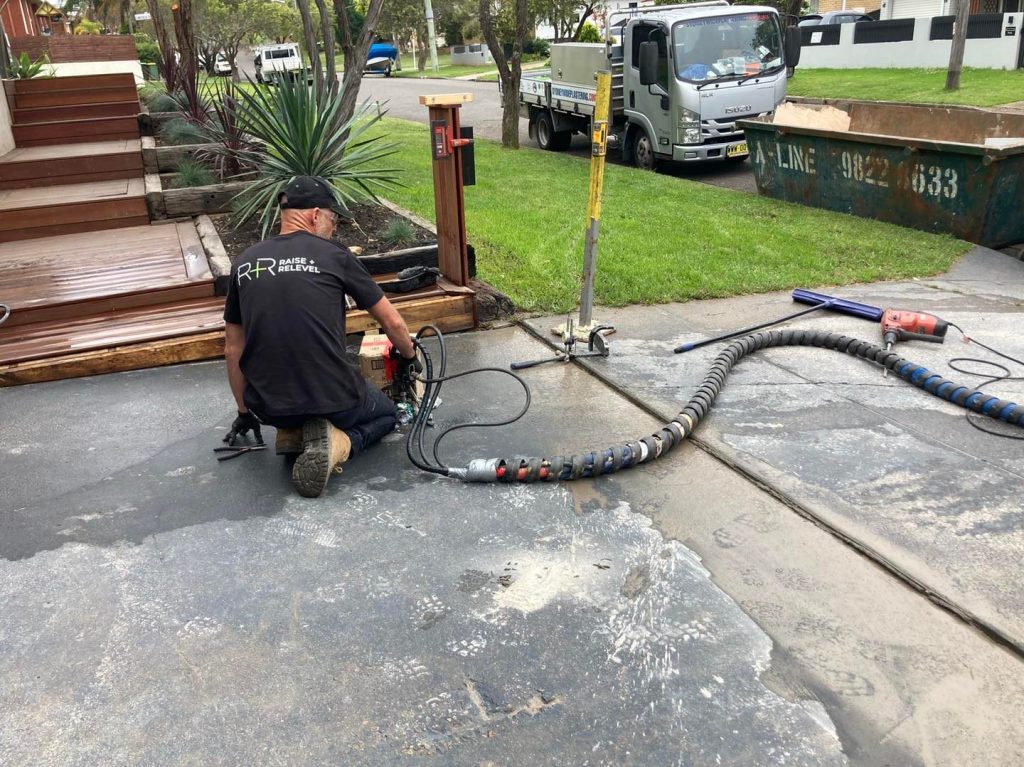Aged-care residential facilities are where the older generation might find themselves during the latter years of their lives. We owe it to them to provide them with the best care possible, in the best environment possible. To do this, we must ensure the residential aged care facilities are structurally sound, and safe places to reside.
Some older aged care residential facilities have been unfortunately neglected over the decades, leaving them vulnerable to structural issues from foundation dilapidation, resulting in unlevel buildings and slabs. This not only provides a clear safety issue for the inhabitants but can, if severe enough, cause the closure of a facility.
Aged Care Repairs and Maintenance
Foundation repair is one of the services we provide to a residential aged care facility that may be experiencing sinking floors, usually caused by foundations that have been affected by weakned soil bearing capacity making the walls and slabs unstable and sink. This can cause an issue known as subsidence, where soil and earth beneath the foundation have shifted, causing one side of a building to ‘lean’, ever so slightly off-level. The “Best Practice Guidelines for Australian Aged-Care Residential Facilities” discusses the importance of ensuring a level surface across all areas of your facility to protect residents from falls.
Water damage is another cause of structural issues. An undetected leak in the internal walls of your aged care residential facility can cause major structural damage, particularly if it is a slow leak. If such a leak occurs at your facility, notify a structural engineer and contact a structural raising and relevelling specialist immediately.
Unveiling the Importance of Structural Integrity in Aged Care Residences
As Australia’s care homes begin to age, the need to maintain a structurally safe environment becomes paramount. If the structural integrity of your residential aged care facility is compromised, your residents may be at greater risk of the following:
- Slip and fall accidents.
- Plumbing leaks resulting in loss of water pressure, or complete pipe ruptures, causing potential mould growth and compromising of timbers and floor joists. Increasing the likelihood of falls due to uneven surfaces.
- The structural integrity of your ceilings could also be compromised by subsidence, resulting in a greater risk of ceiling tiles falling on residents.
Any incidents like excessive flooding should be reported to a structural engineer immediately and an inspection should be performed. If an aged care residential facility requires structural foundation repair, this could likely be done by polyurethane resin injections.
The Role of Polyurethane Resin Injection in Rectifying Subsidence Problems
Polyurethane resin injections are one of the most common ways to rectify a subsidence problem in a residential aged care facility. As mentioned above, subsidence is the shifting of soil beneath a structure, causing the structure’s foundation to become unstable and sink. This often results in cracks in the brick and mortar and unlevel slabs and floors.
What Are Polyurethane Resin Injections?
Polyurethane resin injections is a methodology used to repair concrete foundations and repair cracks in concrete or brick and mortar. Unlike other unpinning methods, polyurethane resin is highly expansive structural resin . Upon injection, the polyurethane resin dynamically compacts the ground beneath the footings increasing the bearing capacity. In turn the expansive force of the resin is used to raise and relevel the slabs or foundations..
As the foam expands, it fills all the voids in the ground and/or under than slabs and foundatios, sealing it against all elements. Application time is typically less than one hour, with partial curing after 5 minutes and full curing occurring after 2 hours. But how do polyurethane resin injections help rectify subsidence problems?
Provides Structural Integrity
One of the main ways that polyurethane resin injections assist in subsidence issues is by raising the foundation to its proper height as the solution expands and fills the cracks and voids in the ground and increases the bearing capacity. As it expands and cures, the polyurethane resin froms into an inert, high strength substance that revitalises the structural integrity of ground and damaged foundation.
Levels Uneven Surfaces
As polyurethane resin expands, increases the ground bearing capacity and raises the foundation to a desired height by filling any voids under the slab . Once the voids are filled this prevents any foreign particles, like soil, to enter the newly-filled void or crack in the foundation. By using polyurethane injections, a freshly levelled foundation is guaranteed.
Renewed Structural Integrity
One of the most important roles that polyurethane resin injections play in foundation repair is that of renewing the structural integrity of the entire building. As each injection cures and hardens, the polyurethan resin provides increases the bearing capacity of the ground and permanently supports the relevelled slabs or foundation, thereby repairing the subsidence and renewing the structural integrity of the building.
Conclusion
While the difference between residential aged care facilities and a retirement village might be how much the residents rely on medical staff for their day-to-day needs, any aged care residential care facility would benefit hugely from foundation repair work.
Older aged care residential facilities like those in cities may have been left in disrepair for years and problems with their foundations have gone undetected. Whether you’re part of a network of residential aged care facilities in Brisbane, a residential aged care facility in Sydney, or are one of the hundreds of residential aged care facilities in Melbourne, you could revitalise your entire facility by inspecting your foundations frequently and fixing any problems before they cause any damage to your building or harm to your residents.
Frequently Asked Questions
Why is foundation repair essential for revitalising aged-care facilities?
Aged-care facilities that may be in a state of disrepair and neglect would benefit hugely from having a level foundation. By performing careful inspections of the state of the foundations in older buildings housing aged-care facilities, we can detect any issues with their foundations and promptly begin repair work.
Successful revitalising of older buildings begins at their foundations.
How can foundation repair enhance the overall quality of aged-care facilities?
As the saying goes, “You need a strong foundation to build upon.” The same could be said for aged care residential facilities with proper foundation repair. By repairing an aging or cracked foundation, care workers no longer have to fear their residents potentially slipping and falling on uneven floors, residents can manoeuvre around the facility more safely, and the facility spends less on fixing the problems caused by a faulty foundation.
What signs indicate that an aged-care facility may require foundation repair?
There are a few key signs to look for when diagnosing foundation problems: These can include:
- Otherwise unexplained plumbing leaks.
- Cracked brick or blockwork
- Cracks in the concrete interior or exterior of the facility.
- Bowing in the plasterboard on the walls.
- Gradual unevenness of the flooring.
- Cracks on the ceilings or bathroom tiling.
- Interior or exterior doors stick in-place and are more difficult to open or close.





